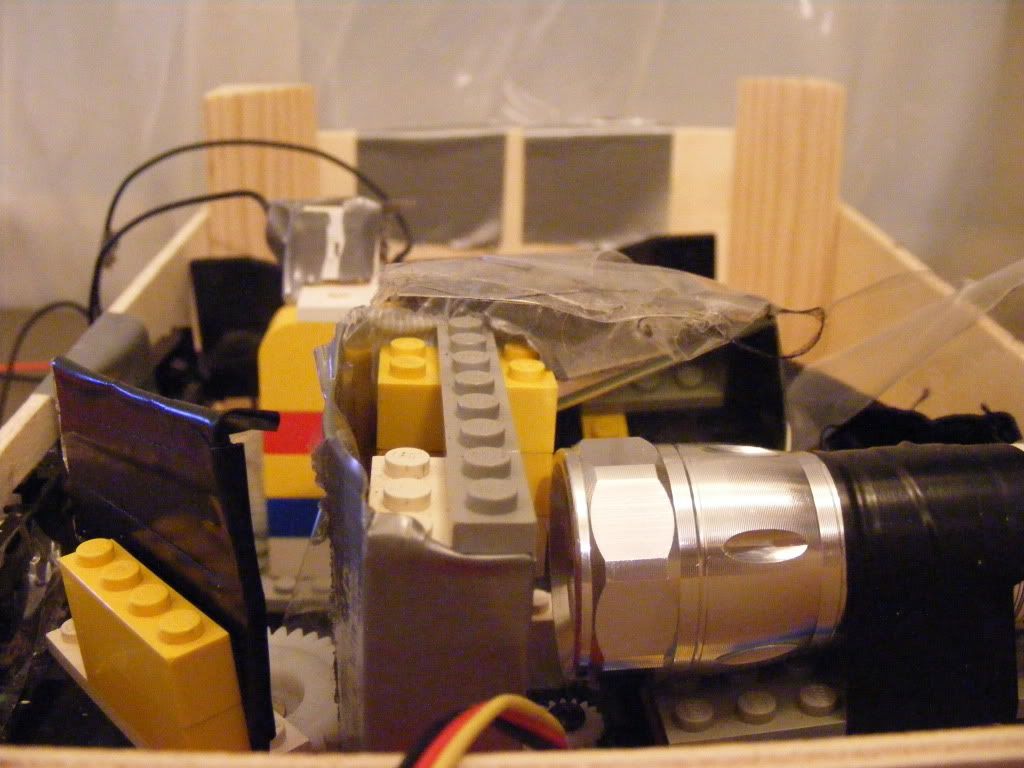


| Quote: |
| Quote: |
| Quote: |
| Quote: |
| Quote: |

 . Indeed not very smart. Of course, I meant 12000 mcd.
. Indeed not very smart. Of course, I meant 12000 mcd. )
) .
.
| Quote: |






 ! I
look forward to using these for astrophotography, IR photography, microscopy, and possibly building a RasPi based spectrophotometer with my damaged
Chinese Model B rev 2—the UK board is safe. I hope that someday we'll all have near-IR–Vis spectrometers in our home labs or even
in our pockets.
! I
look forward to using these for astrophotography, IR photography, microscopy, and possibly building a RasPi based spectrophotometer with my damaged
Chinese Model B rev 2—the UK board is safe. I hope that someday we'll all have near-IR–Vis spectrometers in our home labs or even
in our pockets.Quote: Originally posted by Quibbler  |